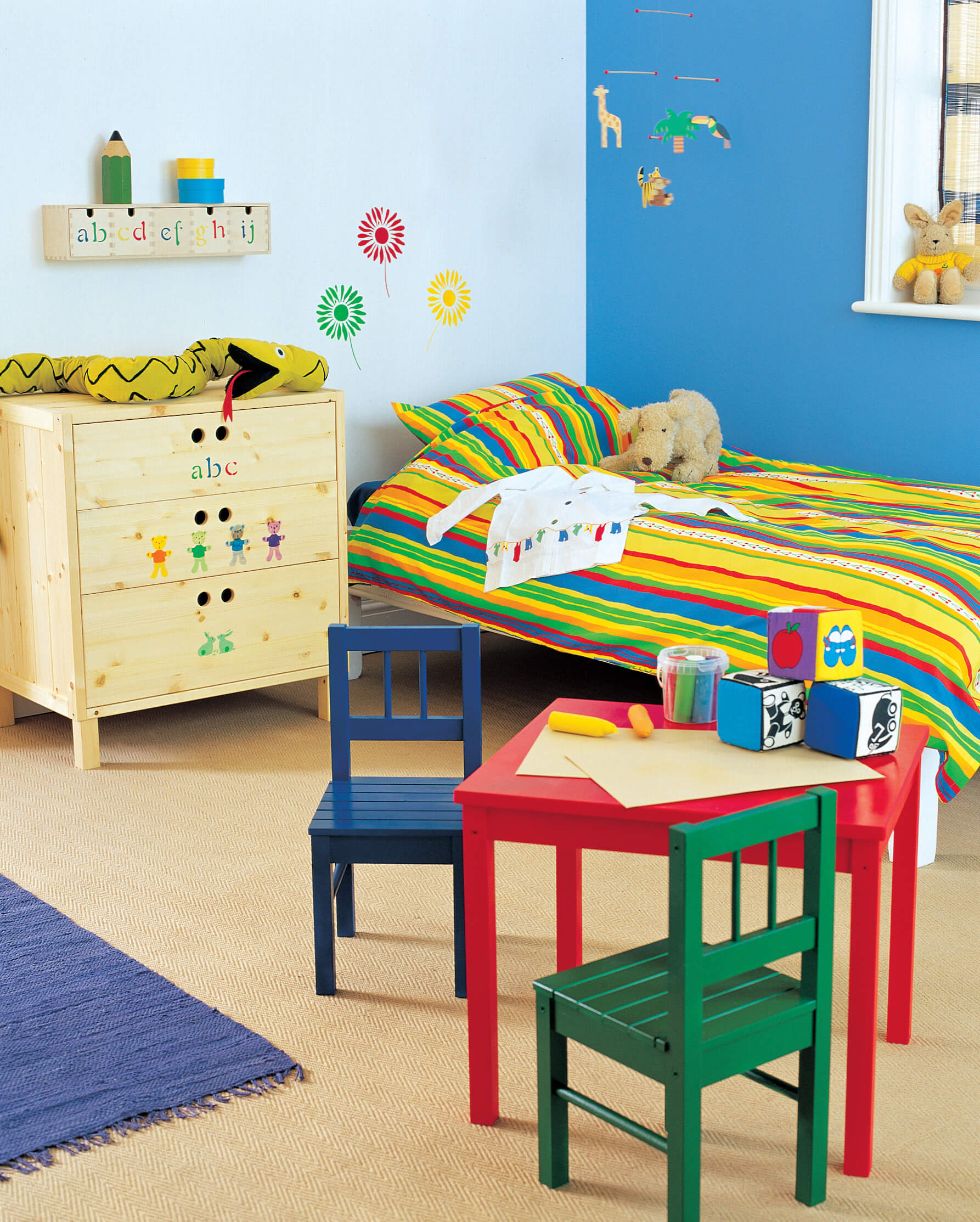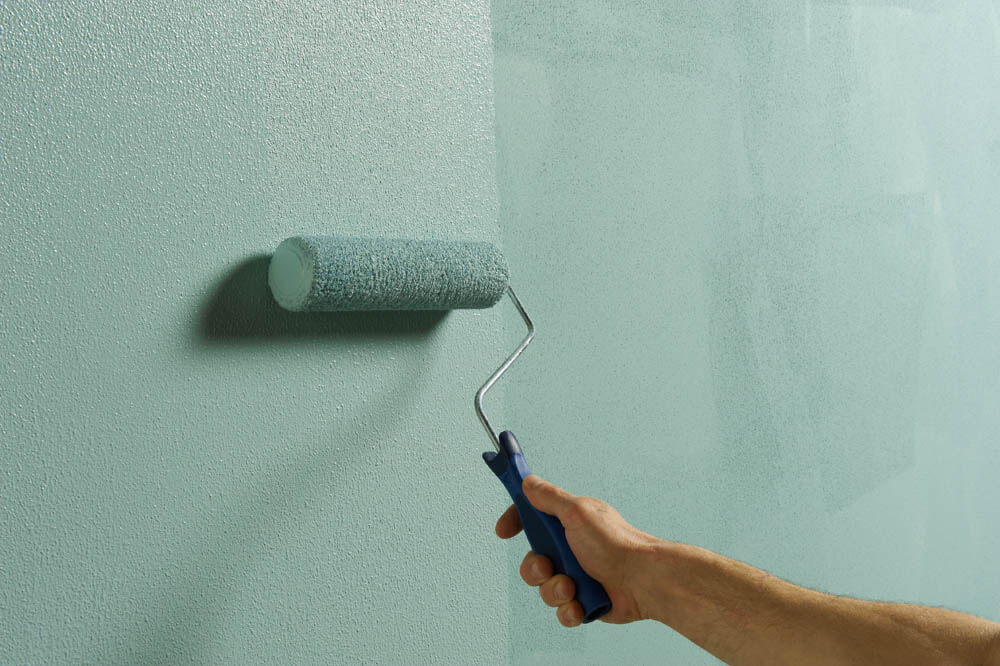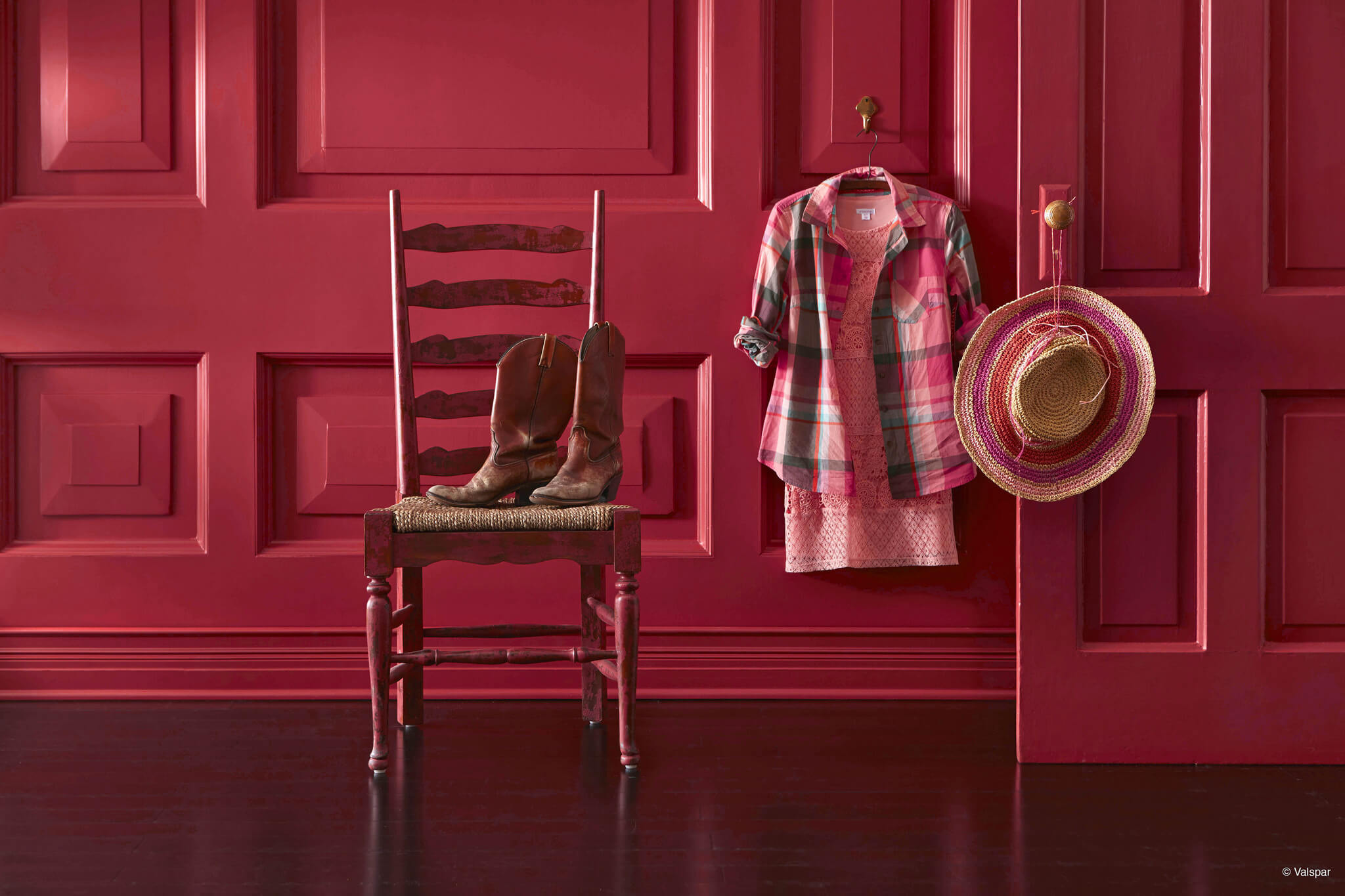
How to prep walls for painting
Decorating your own walls is a rewarding and satisfying job. And, providing you choose a great quality paint and follow the necessary steps, you should achieve great results! The key to getting a professional finish is to prepare your wall to perfection - this is just as important, if not more, than the painting itself.
Not only will good wall prep help ensure your paint sticks well and lasts longer, it will also help to achieve a smoother finish and a more even look overall. So, without further ado, here’s everything you need to know about prepping walls for painting:
Tools & Materials
What tools do I need to prep a wall for painting? Take a look below for our full list of tools and materials needed to get the task done effectively and efficiently:
- Dust sheets
- Painter’s tape
- Sandpaper
- Wall Filler
- Sugar soap and sponge
- Valspar Universal Primer & Undercoat
- Roller & Tray
How To Prep Walls for Painting: Step-By-Step Guide
STEP 1: Protect the area
- Remove furniture from the room.
- Protect floors and remaining furniture with dust sheets so you don’t damage them with paint.
- Take down your curtains and blinds where possible.
- Remove everything from the walls including shelves, light fixtures, picture hooks and mirrors.
- If you’ve unscrewed any fixtures, tape the screws or bolts to the fixture so you don’t spend hours hunting. for them when you’ve finished decorating.
STEP 2: Remove old wallpaper (if necessary)
- Assess whether your existing wallpaper has a smooth surface.
- If so, you may be able to paint over it without removing the wallpaper using a good quality emulsion.
- If there are chips or chunks taken out of the wallpaper or it has an uneven surface, then it’s better to strip the wall completely before painting to ensure an even finish.
STEP 3: Newly plastered walls
- Newly plastered walls are very permeable, so it’s important to let your new plaster dry properly before you attempt to prep your walls for painting.
- As a rule of thumb, leave your plaster to dry for up to 4 weeks before decorating.
- It can be quicker if you use a heater or if the weather is warm outside and you leave the windows open.
- You’ll know it’s dry when any dark patches disappear, or it turns a light pink/grey colour.
- Once dry, you need to apply a mist coat of paint or our water-based primer.
STEP 4: Fill any cracks or holes
- Assess if your wall has any cracks or holes that make it uneven.
- If so, use a good quality wall filler to fill in the gaps until they are smoothed over.
- Wait for the filler to dry completely.
STEP 5: Sand down the surface
- Sanding helps to smooth your walls out and means your paint will stick much better.
- Wrap 80 grit sandpaper around a wooden block and work your way around the wall to remove and smooth blemishes.
- Sand in circular motions so you don’t miss a patch.
- Run your hand over the wall to check for any extra areas that you might have missed.
- You’ll also need to sand your walls if they are glossy and shiny to remove the coating – otherwise your paint won’t adhere well.
STEP 6: Clean the walls
- Here are the best ways to clean walls before painting.
- Use a duster first to remove any dust or cobwebs.
- Then, use a large sponge and soapy water to wipe down the walls to get them completely clean.
- Leave walls to dry fully before applying primer.
STEP 7: Prime the walls
- Once your walls are smooth, clean, and dry, it’s time to prime the walls.
- Not all paint requires a primer, but it can help paint bond to the wall to give you a better finish.
- Valspar Universal Primer & Undercoat can tackle nicotine, water, and mould stains to leave you with a surface that’s ready to paint.
- Use a paint brush to apply primer around the edges, corners and trim of your wall.
- Once you’ve made a border with your brush, use a roller to fill in the gaps.
- Apply primer in a W or M pattern.
- Allow the primer to dry completely. Apply a second coat if needed.
STEP 8: Wait two hours
- Once you have applied your primer to the walls and ceiling, it’s important to wait two hours until it dries fully.
- If you use two coats of primer, then you need to wait two hours in between and after each coat.
View our range of Valspar primers
Time to Choose Your Paint Colour
Now you’ve successfully followed our 8-step guide to prepping your walls for painting, you’re ready to apply your paint colour!
Remember we have over 2,000 pre-selected paint colours to choose from, so order your free paint chips today to find your perfect shade.
Helpful Guides & Resources
Browse our helpful How To Guides for tips and advice on a range of DIY projects. Below is a selection of useful guides that might be of interest when it comes to prepping and painting your walls and ceilings:







